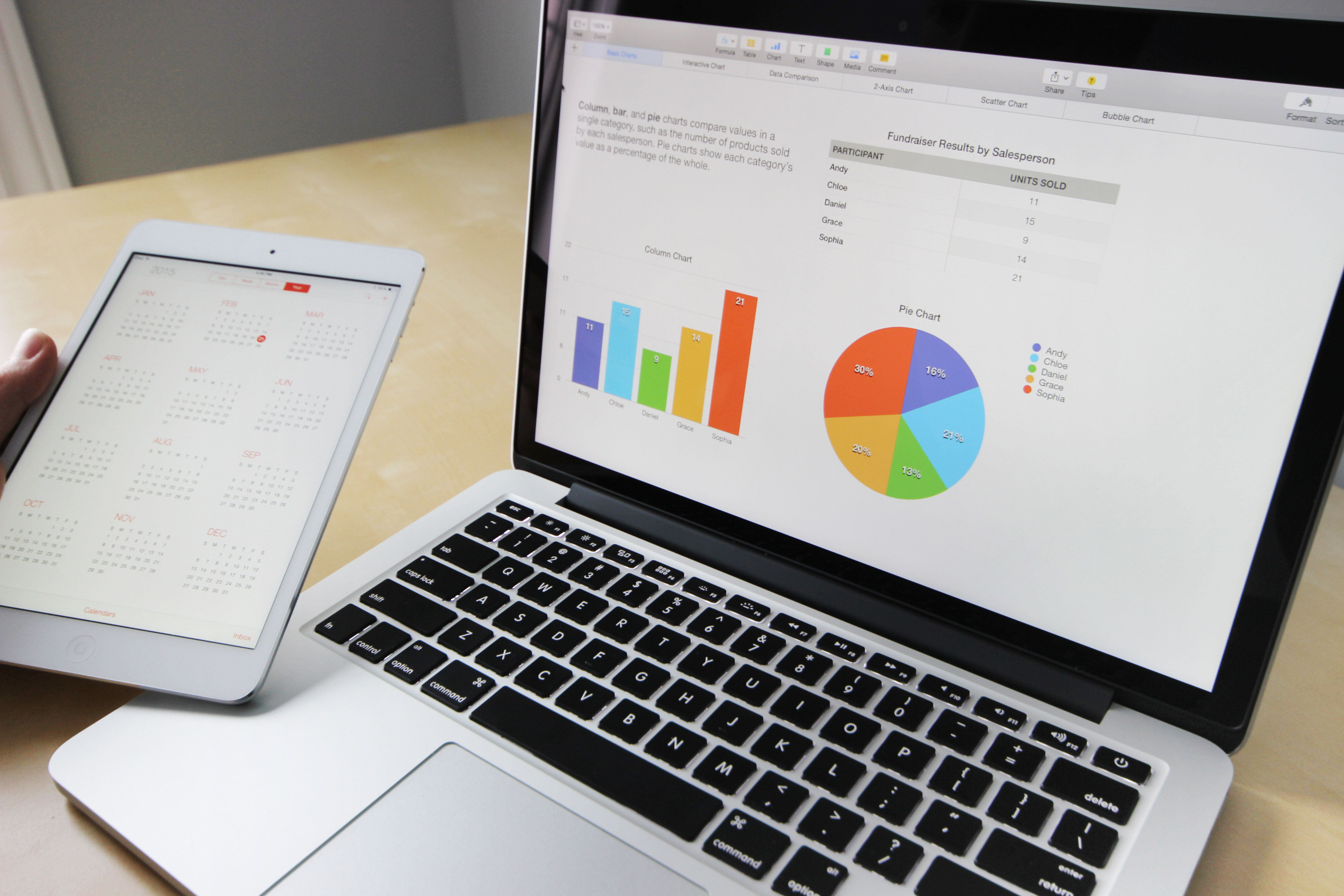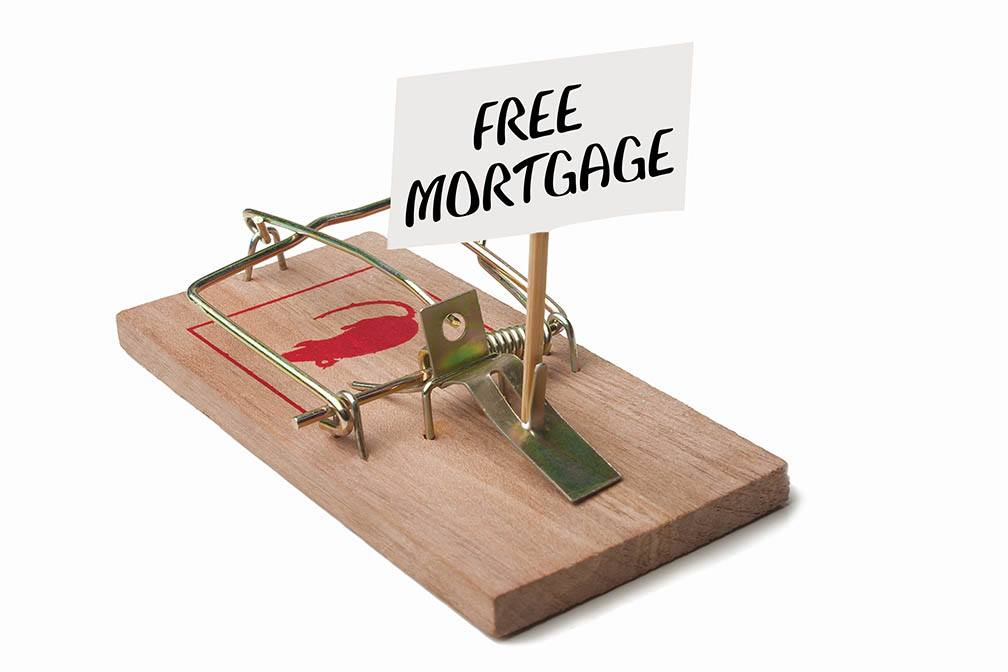Case-Shiller: December Home Prices Highest in More Than Two Years
 December home prices continued to rise per December readings for Case-Shiller’s National and 20-City Home Price Indices. On average, national home prices increased by 5,80 percent year-over-year and exceeded November’s year-over-year reading of 5.60 percent. The 20 City Index, which analysts follow more closely than the National Home Price Index, posted a year-over-year gain of 5.60 percent in December, which exceeded an expected reading of 5.40 percent and November’s year-over-year reading of 5.20 percent growth.
December home prices continued to rise per December readings for Case-Shiller’s National and 20-City Home Price Indices. On average, national home prices increased by 5,80 percent year-over-year and exceeded November’s year-over-year reading of 5.60 percent. The 20 City Index, which analysts follow more closely than the National Home Price Index, posted a year-over-year gain of 5.60 percent in December, which exceeded an expected reading of 5.40 percent and November’s year-over-year reading of 5.20 percent growth.
West Posts Highest Home Price Growth
The West continued to dominate home price growth rates with Seattle, Washington posting 10.80 percent year-over-year growth while Portland, Oregon and Denver, Colorado posted year-over-year gains of 10.00 percent and 8.90 percent respectively. New York, New York posted the lowest year-over-year gain in home prices with year-over-year growth of 3.10 percent. Washington, D.C. followed with 4.20 percent growth in home prices; Cleveland, Ohio posted a year-over-year gain of 4.40 percent.
Home Price Growth Rate Doesn’t Indicate a New Housing Bubble
David M. Blitzer, Chairman and Managing Director of the S&P Indices Committee that oversees Case-Shiller Home Price Indices, said that home prices adjusted for inflation averaged a year-over-year growth rate of 3.80 percent. While higher than average, Mr. Blitzer said the current rate of home price growth “is not alarming.”
While rising home prices may sideline moderate-income and first-time homebuyers, high demand for homes and ongoing shortages of homes for sale continued to drive prices up. Real estate pros typically consider a six-month supply of available homes an average inventory reading, but the current supply of homes for sale averages three to four months. Recently rising mortgage rates were also cited as contributing to higher home prices; rates for a 30-year fixed rate mortgage average 4.20 percent as compared to 6.40 percent on average since 1990.
Questions of affordability and rising rates could impact first-time buyers who enable current homeowners to sell their homes and “move up.” If large numbers of first-time buyers are sidelined by rising home values and mortgage rates, home prices could be impacted if investors and cash buyers fail to fill in gaps between high home prices and affordability.

 There are many traditional ways to sell your home, from the MLS listings to a sign in the front yard. However, the ease of the Internet and the utility of social media can make it easier than ever to find the right buyer. If you’re getting prepared to put your home on the market and are trying to determine a strategy, here are some ways you can use social media to improve your selling odds.
There are many traditional ways to sell your home, from the MLS listings to a sign in the front yard. However, the ease of the Internet and the utility of social media can make it easier than ever to find the right buyer. If you’re getting prepared to put your home on the market and are trying to determine a strategy, here are some ways you can use social media to improve your selling odds. It’s easy to be enthusiastic and excited about the prospect of home ownership, but it’s important to be aware that there are many ways potential buyers can be taken advantage of. From courses for homeowners to companies trying to make a quick buck, there are many things to avoid. If you’re on the market for a home and are trying to find the mortgage that will best benefit you, here are some of the tricks you may want to be wary of.
It’s easy to be enthusiastic and excited about the prospect of home ownership, but it’s important to be aware that there are many ways potential buyers can be taken advantage of. From courses for homeowners to companies trying to make a quick buck, there are many things to avoid. If you’re on the market for a home and are trying to find the mortgage that will best benefit you, here are some of the tricks you may want to be wary of.